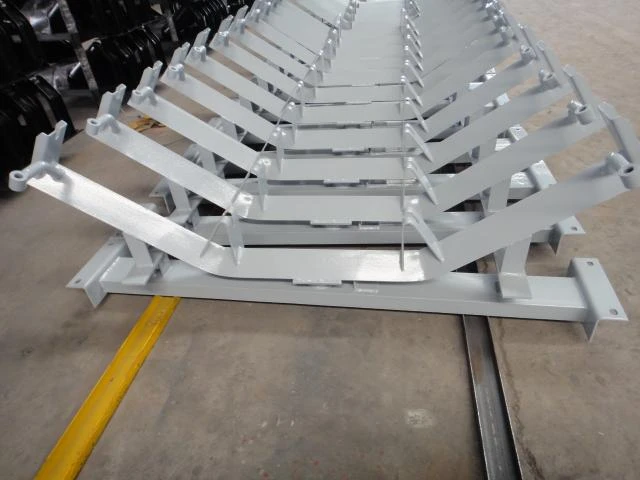 Afrikaans
Afrikaans  Albanian
Albanian  Amharic
Amharic  Arabic
Arabic  Armenian
Armenian  Azerbaijani
Azerbaijani  Basque
Basque  Belarusian
Belarusian  Bengali
Bengali  Bosnian
Bosnian  Bulgarian
Bulgarian  Catalan
Catalan  Cebuano
Cebuano  Corsican
Corsican  Croatian
Croatian  Czech
Czech  Danish
Danish  Dutch
Dutch  English
English  Esperanto
Esperanto  Estonian
Estonian  Finnish
Finnish  French
French  Frisian
Frisian  Galician
Galician  Georgian
Georgian  German
German  Greek
Greek  Gujarati
Gujarati  Haitian Creole
Haitian Creole  hausa
hausa  hawaiian
hawaiian  Hebrew
Hebrew  Hindi
Hindi  Miao
Miao  Hungarian
Hungarian  Icelandic
Icelandic  igbo
igbo  Indonesian
Indonesian  irish
irish  Italian
Italian  Japanese
Japanese  Javanese
Javanese  Kannada
Kannada  kazakh
kazakh  Khmer
Khmer  Rwandese
Rwandese  Korean
Korean  Kurdish
Kurdish  Kyrgyz
Kyrgyz  Lao
Lao  Latin
Latin  Latvian
Latvian  Lithuanian
Lithuanian  Luxembourgish
Luxembourgish  Macedonian
Macedonian  Malgashi
Malgashi  Malay
Malay  Malayalam
Malayalam  Maltese
Maltese  Maori
Maori  Marathi
Marathi  Mongolian
Mongolian  Myanmar
Myanmar  Nepali
Nepali  Norwegian
Norwegian  Norwegian
Norwegian  Occitan
Occitan  Pashto
Pashto  Persian
Persian  Polish
Polish  Portuguese
Portuguese  Punjabi
Punjabi  Romanian
Romanian  Russian
Russian  Samoan
Samoan  Scottish Gaelic
Scottish Gaelic  Serbian
Serbian  Sesotho
Sesotho  Shona
Shona  Sindhi
Sindhi  Sinhala
Sinhala  Slovak
Slovak  Slovenian
Slovenian  Somali
Somali  Spanish
Spanish  Sundanese
Sundanese  Swahili
Swahili  Swedish
Swedish  Tagalog
Tagalog  Tajik
Tajik  Tamil
Tamil  Tatar
Tatar  Telugu
Telugu  Thai
Thai  Turkish
Turkish  Turkmen
Turkmen  Ukrainian
Ukrainian  Urdu
Urdu  Uighur
Uighur  Uzbek
Uzbek  Vietnamese
Vietnamese  Welsh
Welsh  Bantu
Bantu  Yiddish
Yiddish  Yoruba
Yoruba  Zulu
Zulu idler frame
Understanding the Idler Frame A Key Element in Mechanical Systems
In the realm of mechanical engineering and design, components that contribute to the effective functioning of machinery are vital. Among these, the idler frame plays a crucial role that often goes unnoticed. An idler frame is commonly found in various systems, particularly conveyor systems and railways, where it serves as a support mechanism to ensure smooth operation while reducing wear and tear on other parts.
Definition and Functionality
An idler frame can be defined as a structural element that supports idler rollers. These rollers are critical in the movement of materials or mechanical components, often being part of a larger assembly like a conveyor belt system. The primary function of the idler frame is to facilitate the rotation of the idler rollers, which in turn supports the load being transported. This setup minimizes friction, reduces the potential for jamming, and enhances overall efficiency.
Material Considerations
The choice of materials for constructing an idler frame is pivotal. Typically, materials such as steel and aluminum are favored for their strength and durability. Steel idler frames are particularly valued in heavy-duty applications because they can withstand significant loads and resist deformation over time. On the other hand, aluminum idler frames are lighter, which can be advantageous in applications where reducing weight is essential without sacrificing structural integrity. In some cases, composite materials may also be utilized for specific needs, striking a balance between weight, strength, and corrosion resistance.
Design Factors
idler frame

When designing an idler frame, several critical factors must be considered. Load capacity is paramount; the frame must support not only the weight of the rollers but also the materials being transported or conveyed. Engineers must also pay close attention to the alignment of the rollers within the frame. Misalignment can lead to excessive wear and potentially catastrophic failures in a system. Additionally, ease of maintenance is vital; a well-designed idler frame allows for quick access to rollers for replacement or repair, reducing downtime in industrial settings.
Applications
Idler frames are employed across various sectors, showcasing their versatility. In the mining industry, for instance, extensive conveyor systems rely heavily on idler frames to transport bulk materials like coal, minerals, or aggregates. Similarly, in manufacturing facilities, assembly lines use idler frames to move products efficiently from one station to another. Railways utilize idler frames as well, providing support to the track structures and ensuring smooth movement of trains.
Challenges and Innovations
Despite their robustness, idler frames are not immune to challenges. Over time, wear and tear, environmental factors like corrosion, and even technological advancements in materials can influence the efficacy of an idler frame. To address these challenges, ongoing research is crucial. Innovations in materials and design technology are paving the way for more resilient and efficient idler frames. For instance, the integration of smart technology that monitors stress and performance in real time is beginning to appear, which could mitigate risks and enhance performance further.
Conclusion
In conclusion, the idler frame is an unsung hero of mechanical systems, playing a vital role in ensuring efficiency and functionality across various applications. As industries continue to evolve, so too will the designs and materials used for idler frames, driven by the constant quest for improvement in performance and durability. Understanding the significance of this component not only highlights the complexity of mechanical systems but also underscores the importance of thoughtful engineering design in achieving operational excellence.
-
Revolutionizing Conveyor Reliability with Advanced Rubber Lagging PulleysNewsJul.22,2025
-
Powering Precision and Durability with Expert Manufacturers of Conveyor ComponentsNewsJul.22,2025
-
Optimizing Conveyor Systems with Advanced Conveyor AccessoriesNewsJul.22,2025
-
Maximize Conveyor Efficiency with Quality Conveyor Idler PulleysNewsJul.22,2025
-
Future-Proof Your Conveyor System with High-Performance Polyurethane RollerNewsJul.22,2025
-
Driving Efficiency Forward with Quality Idlers and RollersNewsJul.22,2025





























